A BRIEF HISTORY OF THE UNITED NATIONS CLIMATE CHANGE CONFERENCES: COPS 1-28
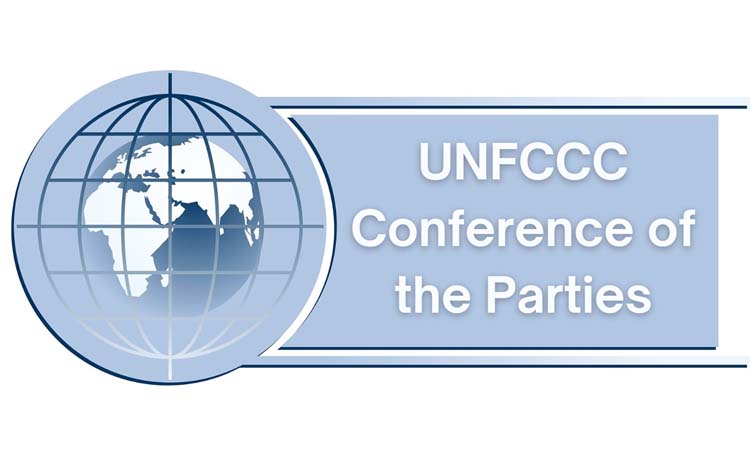
What is a COP?
The Conference of the Parties (COP) is the principal decision-making body under the United Nations Framework Convention on Climate Change (UNFCCC). It convenes annually, bringing together representatives from the 197 nations that are parties to the Convention, along with the European Union.
The primary objective of the COP meetings is to negotiate, discuss, and establish global agreements and strategies to address climate change, reduce greenhouse gas emissions, and limit the impacts of global warming.
Importance of COP
- Decision-Making: COPs serve as the primary forum for nations to negotiate, agree upon, and implement measures to combat climate change.
- Emission Monitoring: Member countries present national reports and emission inventories, providing crucial insights into their efforts and progress toward achieving climate goals outlined in the Convention.
COP Presidency Rotation
- The COP Presidency rotates among five recognized UN regions (Africa, Asia, Latin America and the Caribbean, Central and Eastern Europe, and Western Europe and others).
- This rotation system ensures equitable representation among different regions, allowing them to host and demonstrate their commitment to addressing global climate challenges.

COP1-28-Overview
COP1, 1995 - Berlin, Germany:
- Following the establishment of the UNFCCC in 1992 at the Rio Earth Summit, COP1 focused on the submission of national communications by parties detailing measures to limit anthropogenic emissions.
- Agreed upon in-depth reviews of these national communications covering emissions limitations, cooperation for adaptation, and aggregate data without individual national totals.
COP2, 1996 - Geneva, Switzerland:
- Parties aimed to set binding quantitative targets to limit emissions by industrialized countries but faced disagreements leading to the endorsement of results from the IPCC second assessment report.
- The Geneva Ministerial Declaration was noted but not adopted due to stalled negotiations.
COP3, 1997 - Kyoto, Japan:
- The Kyoto Protocol was adopted, establishing legally binding emissions reduction targets for developed countries to reduce emissions to 5.2% below 1990 levels for the period 2008-2012.
- The protocol allowed flexibility in reducing emissions, introducing mechanisms like emissions trading and the Clean Development Mechanism (CDM).
- However, the US delayed signing and ratifying the agreement until later due to concerns regarding the absence of commitments from developing nations.
COP4, 1998 - Buenos Aires, Argentina:
- Produced the Buenos Aires Action Plan, focusing on advancing the Kyoto Protocol into reality.
- Established rules for market-based mechanisms (emissions trading, Joint Implementation, and CDM), compliance rules, technology transfer to developing nations, and understanding carbon sinks for policy measures.
COP5, 1999 - Bonn, Germany:
- A more technical summit, emphasizing contributions to the Buenos Aires Action Plan, especially supporting the participation of developing countries.
- Identified capacity-building needs for developing nations across various domains necessary for effective climate action.
COP6, 2000 (The Hague, Netherlands) and 2001 (Bonn, Germany):
- Nations, except the US, agreed on implementing mechanisms for the Kyoto Protocol, including emissions trading, Joint Implementation (JI), and the Clean Development Mechanism (CDM).
- Funds were agreed upon for least developed countries and adaptation under the Kyoto Protocol and the Framework Convention, recognizing the role of developing countries in tackling climate change.
- Negotiations resulted in agreements on emissions trading, JI, CDM, and contributions of sinks towards emissions reductions on a country-by-country basis.
- Quantitative limits were not set on flexibility mechanisms, but domestic action was emphasized as a significant element to achieve binding targets.
COP7, 2001 - Marrakech, Morocco:
- Marrakech Accords established operational rules for the Kyoto Protocol, focusing on accounting, inclusion criteria, and penalties for non-compliance.
- Refined and specified mechanisms for emissions reduction, but largely refined COP6's Bonn Agreement without substantial changes.
COP8, 2002 - New Delhi, India:
- Delhi Declaration on Climate Change and Sustainable Development urged parties to ratify the Kyoto Protocol and integrate sustainable development with climate change objectives.
- Emphasized the need for national strategies integrating climate change objectives into key sectors like water, energy, agriculture, and biodiversity.
COP9, 2003 - Milan, Italy:
- Limited progress in implementing the Kyoto Protocol despite EU and Annex-1 countries' climate leadership.
- Initiated the Special Climate Change Fund and LDC Fund, focusing on capacity-building for developing countries.
- Launched a comprehensive review to assess the success of capacity-building efforts, emphasizing technology transfer.
COP10, 2004 - Buenos Aires, Argentina:
- Advanced groundwork for adaptation measures and initial discussions on post-2012 targets.
- Adopted the Buenos Aires Programme of Work on Adaptation and Response Measures to enhance adaptation projects in developing nations.
- Defined guidance for the Clean Development Mechanism (CDM) and initiated discussions on post-2012 targets and pathways.
COP11, 2005 - Montreal, Canada:
- The Kyoto Protocol came into force, including emissions trading and a strengthened Clean Development Mechanism (CDM).
- Parties agreed to extend the Protocol beyond 2012, marking the beginning of negotiations for the post-2012 phase.
COP12, 2006 - Nairobi, Kenya:
- Discussed the economic risks of climate change and emphasized the need to intensify adaptation efforts.
- Continued deliberations on adaptation, technology transfer, and future negotiations without setting concrete deadlines for new global targets post-2012.
COP13, 2007 - Bali, Indonesia:
- Parties agreed to launch the Bali Action Plan, aiming for comprehensive long-term cooperative action under the Convention.
- Stipulated commitments for developed nations to limit emissions and developing nations to take mitigation actions with support in technology, financing, and capacity-building.
COP14, 2008 - Poznań, Poland:
- Established roundtable meetings and workshops to discuss mitigation objectives, technology transfer, and differentiation of commitments across countries for future negotiations.
- Operationalized the Adaptation Fund funded by a levy on projects under the Clean Development Mechanism (CDM).
COP15, 2009 - Copenhagen, Denmark:
- Despite weak consensus, the Copenhagen accord aimed for a 2°C global warming limit without legally binding commitments.
- Acknowledged the need for a review by 2015 to strengthen long-term goals in relation to a 1.5°C temperature rise.
- Shifted focus from Kyoto Protocol by urging quantified actions from both developed and developing nations.
- Pledged financial support with promises of $30bn over three years and a target of $100bn annually by 2020, fostering greater scrutiny over emissions measurement and climate efforts, notably from China.
COP16, 2010 - Cancún, Mexico:
The Cancún Agreements covered adaptation, technology transfer, mitigation, and finance but were considered a relatively modest step in combatting climate change. Key highlights included:
- Establishment of the Green Climate Fund without a finalized funding plan.
- Re-emphasis on the $100bn climate finance goal without clear funding sources.
- Restoration of faith in multilateral processes and the foundation for a low-emissions future.
- Decisions to continue negotiations for a successor to the Kyoto Protocol.
COP17, 2011 - Durban, South Africa:
The Durban Conference marked significant progress in climate negotiations and set the stage for future agreements:
- Kept the Kyoto Protocol alive on a limited basis and paved the way for a new pact under the UNFCCC.
- Made headway on operationalizing the Green Climate Fund initiated at COP16.
- Broke through an impasse on developing country involvement, aiming for a more equitable approach to emission reduction commitments.
- Agreed upon the Durban Platform for Enhanced Action, initiating negotiations to conclude no later than 2015, leading up to a new agreement post-2020.
- Lack of explicit mandates for binding commitments and the absence of the principle of common but differentiated responsibilities, indicating a compromise on the legal nature of the post-2020 agreement.
COP18, 2012 - Doha, Qatar:
The Doha Climate Gateway at COP18 set a timetable to adopt a universal climate agreement and emphasized the need to increase efforts to cut greenhouse gases and assist vulnerable countries. Key outcomes included:
- Launching the second commitment period of the Kyoto Protocol.
- Endorsing the Republic of Korea as the host of the Green Climate Fund, although funding remained unresolved.
- Discussions on deforestation without concrete agreements on reduction efforts.
- Outlining workstreams for the Ad hoc Working Group on the Durban Platform for Enhanced Action focusing on negotiating a new agreement by 2015.
COP19, 2013 - Warsaw, Poland:
At COP19, the establishment of the Warsaw international mechanism for loss and damage under the Cancun Adaptation Framework was agreed upon, alongside discussions on REDD+ financing and reporting. Key points encompassed:
- Progress on the loss and damage mechanism for extreme weather events in vulnerable developing countries.
- Advancements in monitoring REDD+ activities and discussions on financing these initiatives.
- Setting a deadline for negotiating a new global treaty by 2015, facing opposition but eventually agreed upon.
COP20, 2014 - Lima, Peru:
The Lima Call for Climate Action was a significant outcome, emphasizing clear and precise emission reduction targets. Key highlights included:
- Agreement on requiring countries to set out clear targets, known as Nationally Determined Contributions (NDCs), for the Paris Agreement in 2015.
- Concessions on the principle of common but differentiated responsibilities to address concerns from developing countries.
- Limited achievements beyond the Lima Call for Climate Action, except for an agreement on reforestation signed by eight Latin American countries.
COP21, 2015 - Paris, France:
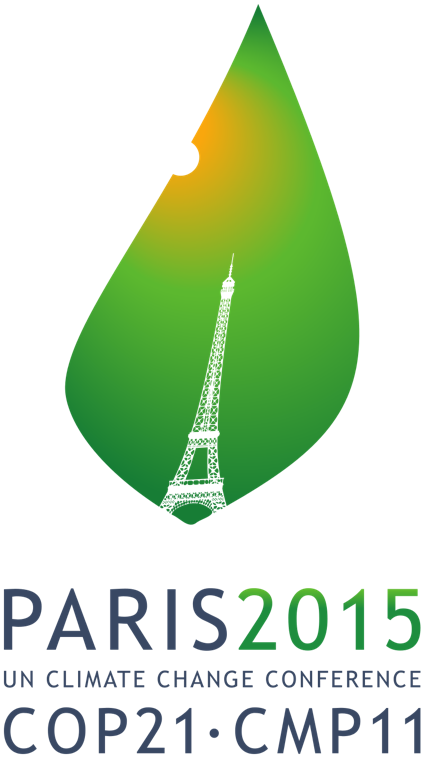
The landmark Paris Agreement, signed by 196 countries, aimed to limit global warming well below 2 degrees Celsius, ideally targeting 1.5 degrees Celsius. Key outcomes of COP21 included:
- Setting a legally binding international treaty on climate change, with an emphasis on the reduction of global emissions.
- Establishment of a goal to achieve a climate-neutral world by mid-century.
- Commitment to financial flows, with a pledge of $100 billion annually for climate finance post-2020.
- Adoption of transparency measures to ensure NDCs and financial reporting.
- Encouragement for regular submission of NDCs every 5 years to raise climate action ambition.
COP22, 2016 - Marrakech, Morocco:
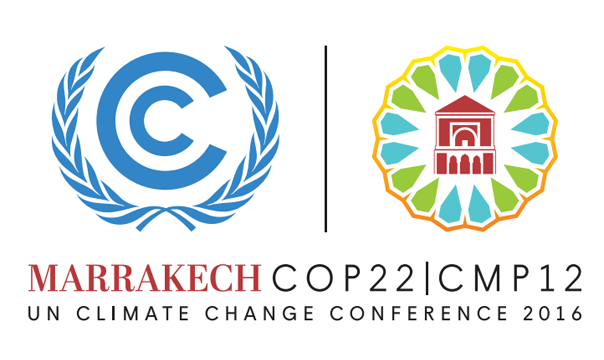
At COP22, the Marrakech Action Proclamation called for urgent action to bridge the gap between current emission trajectories and the long-term temperature goals set in the Paris Agreement. Key points included:
- Reaffirmation of the $100 billion commitment by developed countries to support mitigation and adaptation efforts in developing countries.
- Enhanced collaboration with non-state actors, including the private sector, to boost immediate and ambitious climate action.
- Launch of the Marrakech Partnership for Global Climate Action, fostering collaboration between governments, businesses, cities, and civil society to strengthen climate action.
- Establishment of an open and transparent dialogue between COP22 and COP23 presidencies to align goals with the Paris Agreement's objectives.
COP23, 2017 - Bonn, Germany (Fiji as chair):
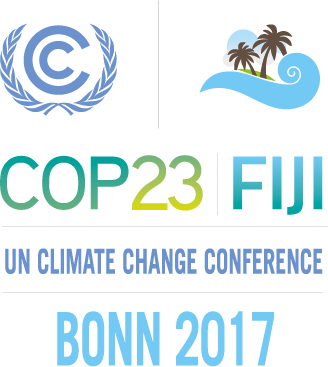
- Slow negotiations on the Paris rulebook, hinting at the need for an additional session to finalize the rulebook by COP24.
- Reaffirmation of the $100 billion commitment but falling short of actual funding. Progress in Adaptation Fund funding exceeded the 2017 target.
- Significant attention on the link between oceans and climate change. Launch of the Ocean Pathway and 'Because the Ocean' Declaration to address the ocean/climate nexus in UNFCCC processes.
- In response to the US withdrawal under President Trump, France and EU partners committed to filling the funding gap, gaining applause at the conference.
COP24, 2018 - Katowice, Poland:
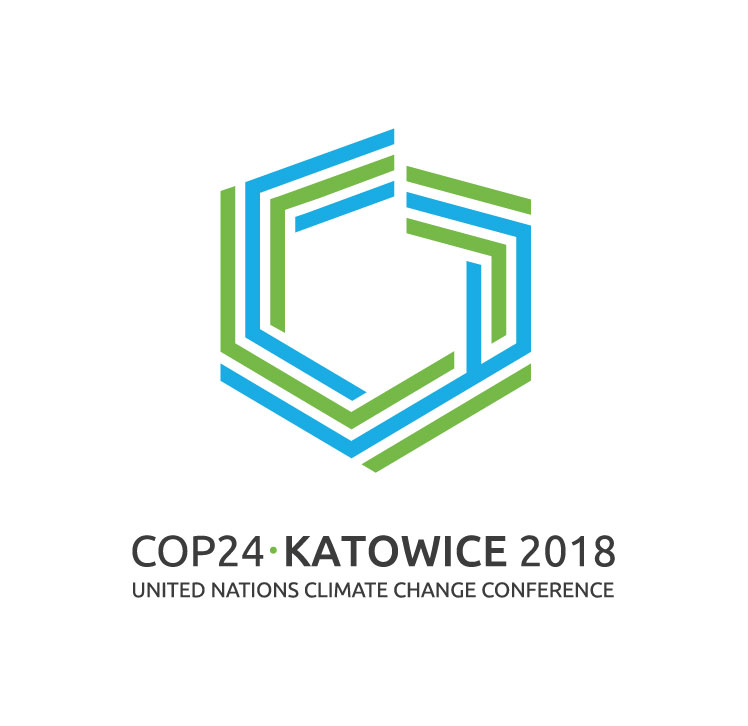
- Production of most of the Paris rulebook known as the Katowice climate package, including operational guidance on various aspects of the Paris Agreement.
- Guidance on domestic mitigation goals, adaptation communications, transparency rules, global stocktake, technology transfer, financial support, and committee establishment.
- Gaps left in voluntary carbon markets, loss and damage, and carbon credit mechanisms, left for further discussions at COP25. Lack of new commitments or ambition from Parties.
COP25, 2019 - Madrid, Spain:
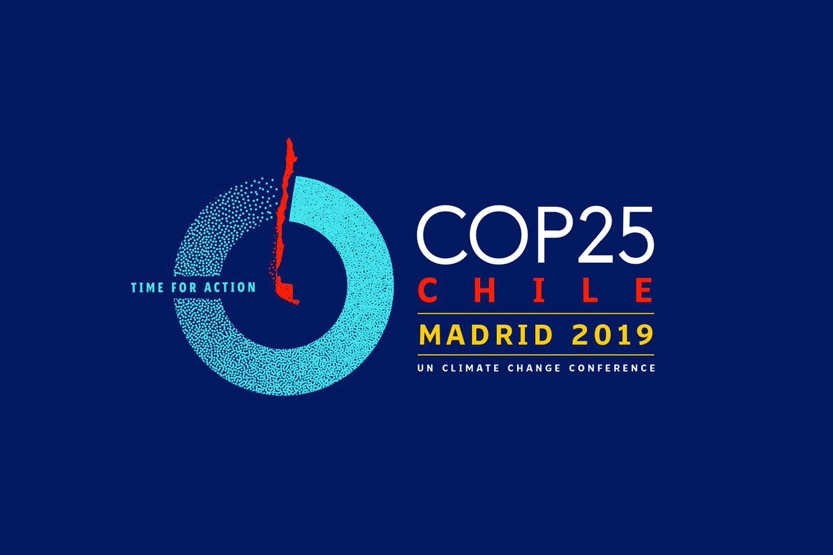
- Continued lack of agreement on carbon trading, common time frames, long-term finance, and transparency matters.
- Only three decisions were taken, including guidance for existing finance facilities. Parties struggled to unite behind greater ambition, with minimal specific calls for increased climate ambition.
COP26, 2021 - Glasgow, United Kingdom:
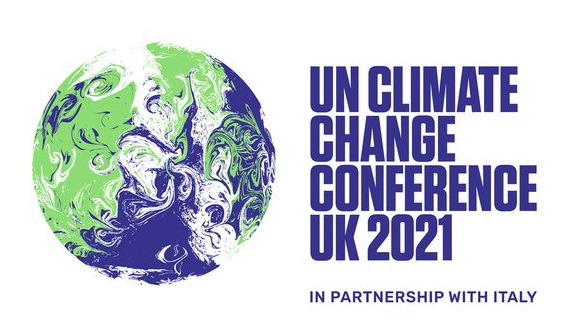
- Adoption of the Glasgow Climate Pact aimed at maintaining the 1.5C target.
- Finalization of the Paris rulebook, particularly article 6 and transparency rules, facilitating multilateral mechanisms to support countries in achieving NDCs.
- Reaffirmation of the $100 billion annual commitment with an action plan to achieve this by 2023.
- Phase-down commitments for unabated coal and inefficient fossil fuel subsidies.
- Acknowledgment of loss and damage, scheduled for discussion in future COPs.
- Outlining of measures for adaptation finance moving forward.
COP27, 2022 - Sharm el-Sheikh, Egypt:
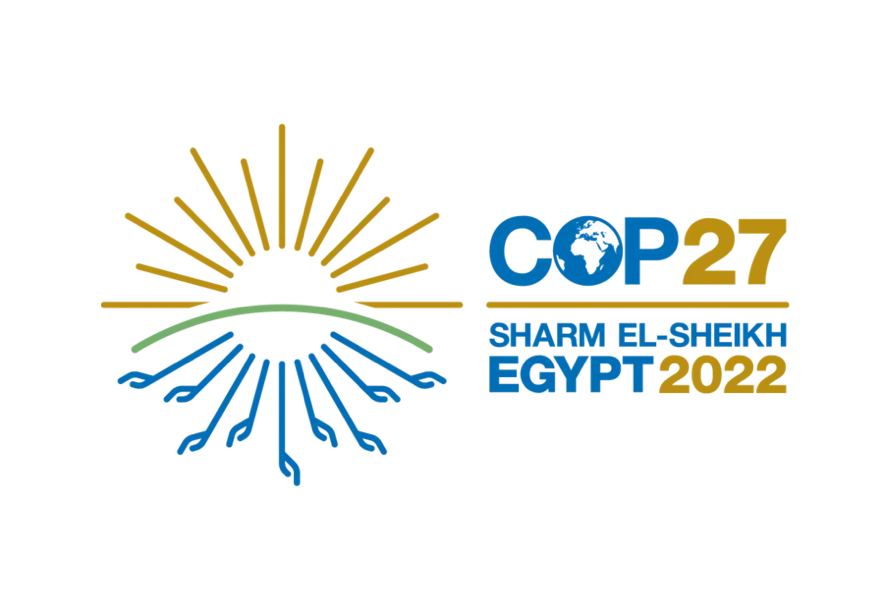
Mitigation:
- With scientific estimates indicating an imminent breach of the 1.5-degree Celsius target within a decade, there was a call for stronger emission reduction efforts.
- Suggestions included annual strengthening of climate actions till 2030 (a proposal by the European Union) and a phase-down of fossil fuel use. The latter was initially proposed by India and eventually backed by the EU and the US.
- Resistance to proposals came from within developing countries, notably the oil-producing Gulf nations. Discussions aimed at pursuing the 1.5-degree Celsius target did not find consensus.
- COP27 decided to continue discussions on scaling up mitigation actions through a work program with biannual global dialogues.
Adaptation:
- Developing countries emphasized the need for more attention to adaptation efforts, demanding at least half of climate finance to be directed towards adaptation projects.
- Similar to mitigation targets, efforts were initiated to define global goals for adaptation. However, tangible progress was limited, with express support for an ongoing work program.
- Despite some promises of financial support, especially from the US, developing countries received minimal funding. A significant initiative by the UN Secretary-General involved plans by the World Meteorological Organisation to establish early warning systems in vulnerable areas.
Finance:
- The biggest disappointment came regarding funding. Developed countries fell short of delivering the promised USD 100 billion annually, expressing only "serious concern" in the final agreement.
- COP27 agreement highlighted financial requirements, indicating the need for substantial investments, such as USD 4 trillion annually in renewable energy by 2030 for achieving net-zero targets by 2050.
- Developed nations pledged to ensure the flow of USD 100 billion yearly starting from 2023, with discussions ongoing to increase this amount from 2025.
- The agreement urged international financial institutions to simplify procedures for easier access to climate action funds by developing countries.
COP28, 2023 - Dubai, UAE:
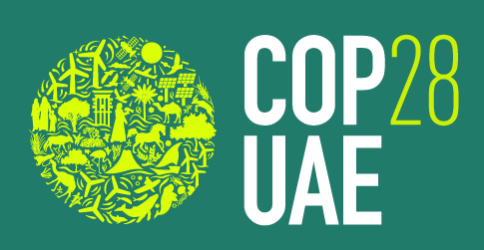
Loss And Damage:
- A major achievement was the establishment of support for vulnerable nations facing severe climate impacts, aiming at developing national response plans, addressing climate data inadequacy, and facilitating human mobility due to loss and damage.
- A fund was created, with initial pledges exceeding $650 million from wealthy nations. The World Bank will initially manage the fund, aiming to assist in supporting nations affected by climate change.
Climate Finance Target:
- COP28 saw advancement on the collective quantified goal for financing climate mitigation and adaptation.
- While the $100 billion target pledged by developed nations is nearing achievement, an agreement was made to draft a post-2025 finance target before COP29, acknowledging the shortfall in the required financial support.
Global Goal on Adaptation:
- Emphasis remained on supporting adaptation strategies.
- The final text advocated for a doubling of adaptation finance, highlighted explicit 2030 targets for water security, ecosystem restoration, and health.
- However, commitments on closing the adaptation finance gap were weakened, requiring further elaboration in subsequent COPs.
Global Stocktake and Fossil Fuels:
- The Global Stocktake indicated a projected peak in global emissions between 2020-2025, urging nations to align emissions reductions with the goal of limiting warming to 1.5 degrees Celsius and achieving net-zero by 2050.
- The language in the agreement leaned toward a "transition away" from fossil fuels, introducing the concept of "transitional fuels" and acknowledging the role of gas in the energy transition, which some found less definitive than a call for "phaseout."
Carbon Markets:
- No consensus was reached on the supervision and accounting of carbon markets.
- Discussions around supervision and credibility of different types of credits used in these markets are yet to be addressed in future COPs.
Just Transition and Nature:
- The COP text highlighted the importance of delivering a just transition in various agreements but requires further quantification of terms concerning emissions trajectories and climate finance.
- The agreement emphasized the use of ecosystem-based adaptation and nature-based solutions, acknowledging the interdependence between climate goals and nature conservation.

COP29 Host:
- Baku in Azerbaijan will host COP29, avoiding an extension of the UAE presidency and a conference location in Bonn, Germany.
- This agreement was reached after Armenia and Russia dropped their of objections.












